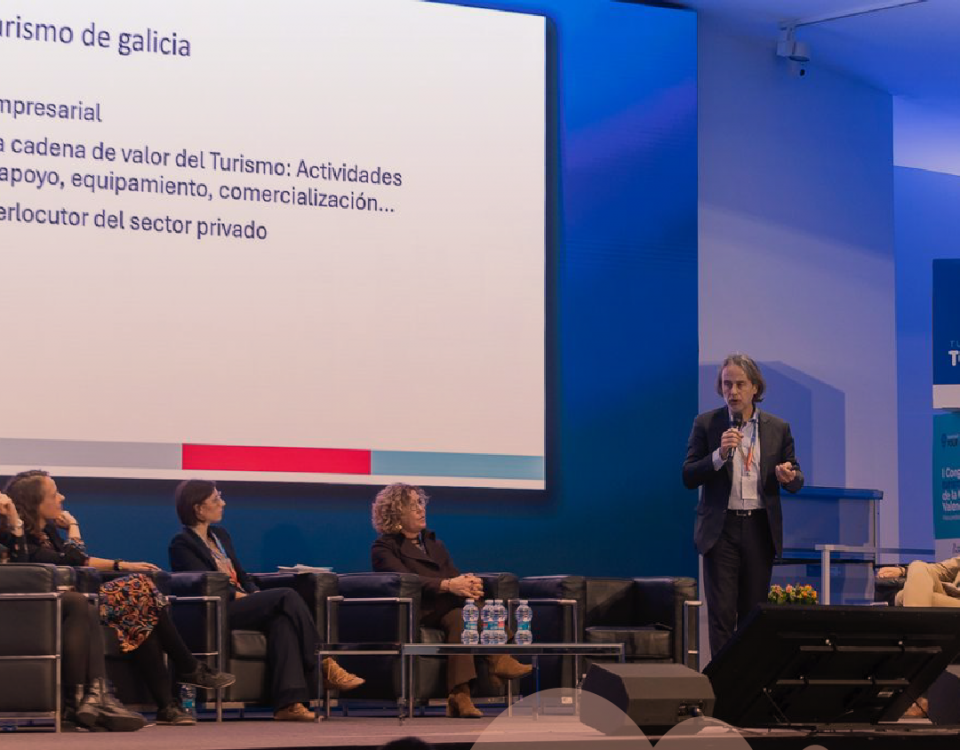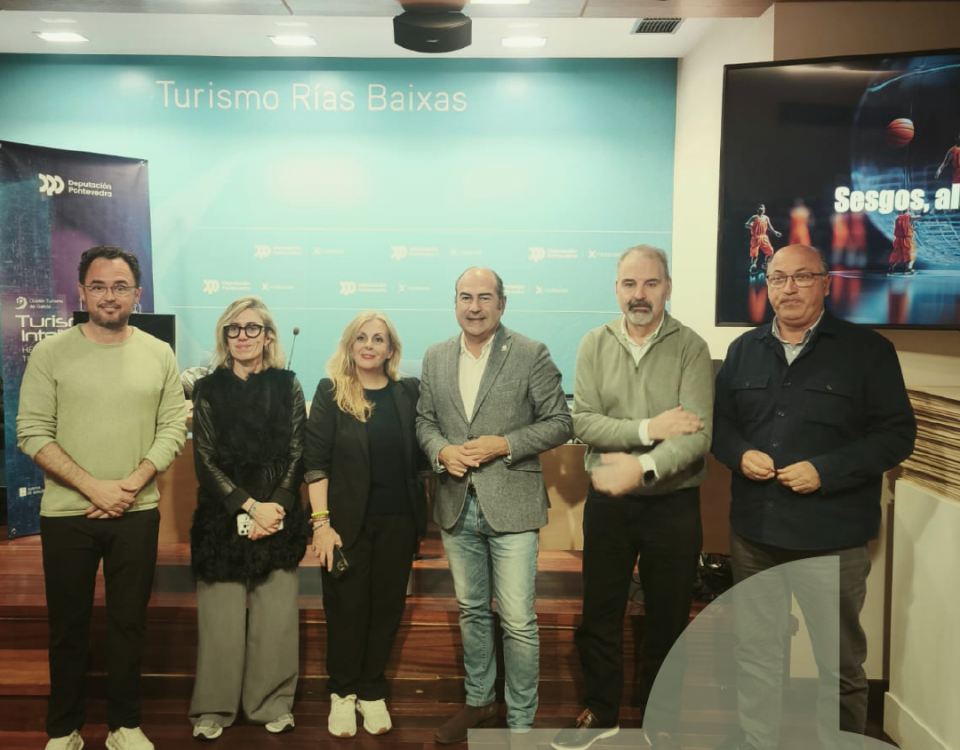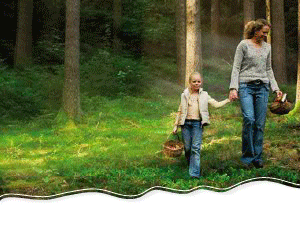- El mejor turismo de galicia
The Galician tourism sector makes a positive balance of a Holy Week marked by adverse weather conditions
The Galician tourism sector makes a positive balance of a Holy Week marked by adverse weather conditions
They consider that the tourist destination has been able to counteract the unstable weather with a solid cultural, enogastronomic and thermal tourist offer that consolidates the Galicia brand.
The Galician tourism sector has made a positive assessment of Easter Week, despite the difficult weather conditions, especially during the holidays. In the absence of compiling the latest data on points where today is still a holiday, the sector considers that we can speak of an average occupancy rate at the Galician level that would range between 65% and 80% of the total number of places offered. This would not meet the high expectations generated based on the growing trend in recent years but the cancellations have not been as high as expected, especially if we take into account the poor conditions of Thursday and Good Friday, so from the Cluster Tourism of Galicia is considered that the sector has passed this first exam of the season with quite good marks.
“Taking into account all that we had against, I think Galicia has responded very well as a tourist destination, showing that a multi-experiential destination that does not depend on the sun and the beach, but offers a wide range of tourist experiences ranging from thermalism to enogastronomy to meet the expectations of travelers,” says the president of the CTG, Francisco Gonzalez, who has highlighted the good work of Galician tourism professionals. “Galicia has shown in this Holy Week that based on other attractions is able to overcome a situation as adverse as the one that has occurred on this occasion.
Good behavior of the interior and religious tourist destinations
Ourense, Ferrol and Mariña Lucence (especially Ribadeo) have generated the most positive results of this Easter Week, marked by the weather, with occupations reaching 90%, thanks to religious, thermal and snow tourism. Santiago and Lugo also had more than 80% occupancy, while A Coruña had 75%, while the province of Pontevedra had around 70%, animated by sports competitions and other events. Even the coastal destinations of the province of Pontevedra (Sanxenxo, O Grove…), with more than half of their seats open, managed to mark an occupancy of 60%, demonstrating a good capacity to respond to weather conditions that affected more particularly the traditional destinations of sun and beach. Finally, rural tourism had an occupancy rate of 42%, which was slightly below the planned occupancy rate.
As regards prices, the upward trend has continued, although some establishments have made last-minute offers to improve occupancy and counteract falls. Cancellations have been less than expected, but some nights have been cancelled, affecting the length of the stay.
Beyond occupancy figures
From the Cluster of Tourism of Galicia remember that the latest figures of visitors collected in January and February speak of an increase over the same dates last year, so expectations are high for the whole of 2018, with special emphasis on the international market, which continues to grow. However, the president of the Cluster of Tourism of Galicia draws attention to the need to go beyond the data of occupation. “We must be concerned about quality and continue to work for the deseasonalization and increased profitability,” he said.









